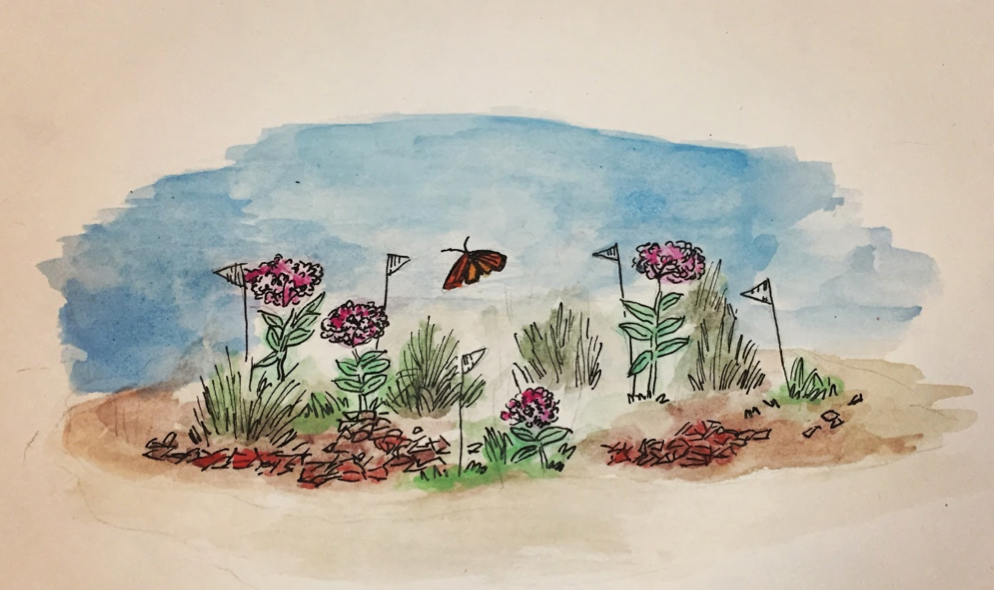Our Steward Natalie's Story
By Natalie Kataoka, Volunteer
Before Grassroots Ecology, I was a newly educated AP Environmental Science student who wanted to help the earth, but one who didn’t know where to start. I found out about the organization through a Cupertino newsletter advertising about Grove Guardians, a summer stewardship program for teenagers. After my first summer morning at Redwood Grove, I knew this is what I was looking for: an interactive experience with nature that furthered my education.
I’ll admit, I got addicted to volunteering this past summer. I signed up for every new Grassroots Ecology activity on Eventbrite, sometimes attending 6 events per week. Currently I’m at 100 hours of volunteer service with Grassroots Ecology, and my only regret is that I wish I’d found out about it sooner.
I didn’t just love one aspect of volunteering; it was the comprehensive experience that made my time and energy worthwhile. Meeting people who shared my ideals of sustainability encouraged me that, we as a team, were making a difference on that particular day, regardless if the workday attracted 5 people or 25 people. Having group leaders who displayed such vast knowledge of environmental concepts always challenged me to think about the bigger picture, sometimes challenging my ability to retain all the information as well. For example, it took me a couple times before I remembered that stinkwort is just a different name for Dittrichia (and remembering how to spell Dittrichia is a whole other story). However, I immensely enjoyed being exposed to a vast array of new terms and having the ability to distinguish between each species in its habitat.
A native landscape drawn by Natalie
If I had to choose my favorite part about my involvement in habitat restoration, I would say it’s the hands-on element. I’ll always remember my first day at Arastradero pulling yellow starthistle, and the immense dislike I felt towards it after spending 3 hours barely making a dent in the yellow dotted field. But it’s feeling the satisfaction of removing an invasive plant and allowing a native species to return that always leaves me feeling gratified at the end of a work session. The ability to feel the dirt beneath my hands or the weight of a wheelbarrow full of mulch thrills me because it’s such a different experience from the urban area I grew up in.
Even after summer ended, I continue to actively participate in Grassroots Ecology activities. Most recently I was given the opportunity to experiment with cornmeal as a method of weed prevention, and I worked alongside my original Grove Guardians leader to see the project come into fruition. Five different plots were arranged, testing the successful suppression of weeds using sheet mulching and cornmeal as preventative methods. I became interested in cornmeal because it has been shown to prevent the establishment of seed roots, but there is little explanation as to why. By observing the growth of milkweed and purple needlegrass planted in the plots, I hope to gain more insight on new methods of weed prevention.
Part of why I felt so comfortable integrating into Grassroots Ecology was because of all the staff members I got to meet, and getting to know them helped me feel as though I was a part of a supportive community. I found where I belonged and what I want to dedicate my future towards. I wouldn’t be the same person I am today without Grassroots Ecology, and I’m thankful I got to meet so many amazing people who helped me find my purpose; being an environmentalist, a volunteer, and a steward.



